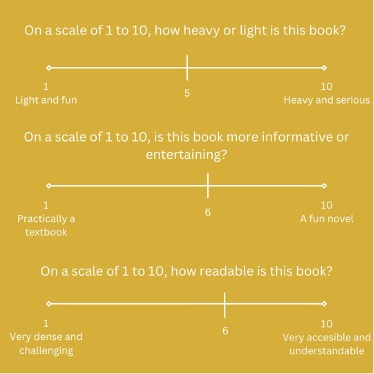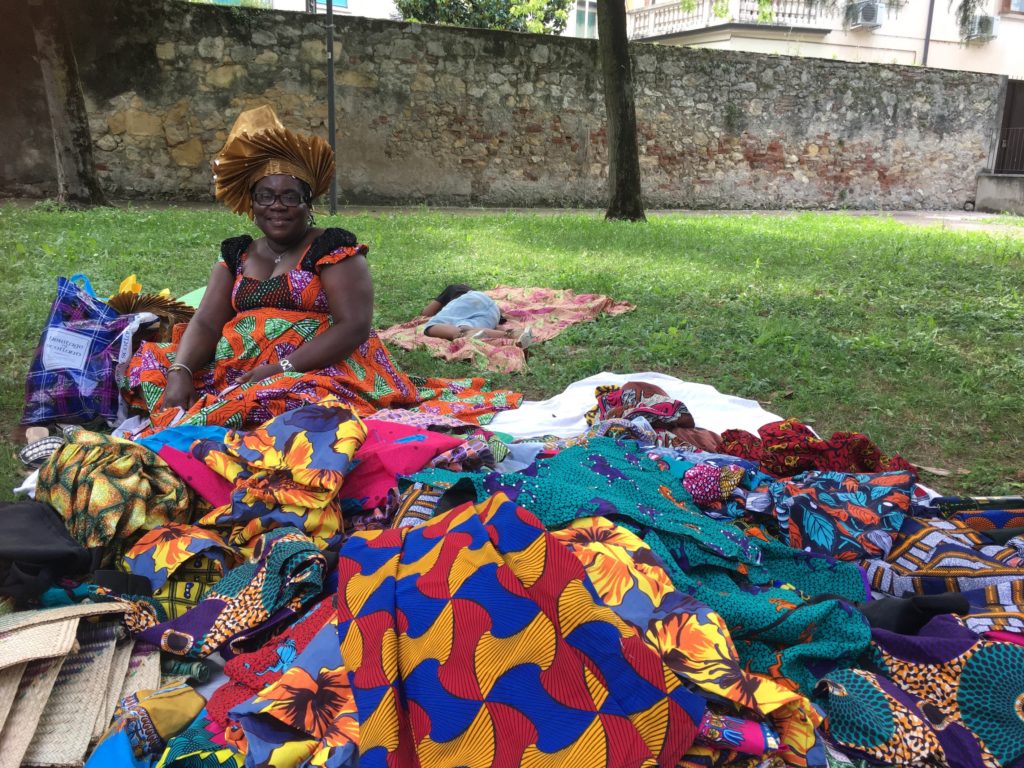By Laura Rodríguez-Davis
From award-winning Indian novelist Anita Desai, Rosarita delves into a tale of searching and self-discovery told through a daughter chasing the memory of her mother in a foreign land. Living in San Miguel, Mexico, as a student far from her home in India, the last thing Bonita expects to find is any familial connections as she improves her Spanish. Yet an unexpected encounter from an insistent stranger sends her reeling into a journey to uncover her mother’s memory and find answers for herself.

Told in the second-person voice, Rosarita reads like poetic stage directions, casting the reader as a suspicious Bonita, immediately dubious of the effusive stranger, Vicky, claiming to have known Bonita’s mother, Rosarita. Confident her mother had never even been to Mexico and was certainly not an artist, as this stranger insists, Bonita initially resists Vicky’s invitation for connection and remembrance. Yet, as she reflects on her own memories of her mother while growing up in India under the critical dominance of her father, dormant yet unrelenting questions about her mother, her suppressed history, and, subsequently, Bonita’s own decisions are awoken within the protagonist.
“You had resisted her fantastical tale but now find you would like to believe it. Could she, like a wizard or a magician, bring your mother to life again even if it is a life you never knew or suspected?”
Thus compelled, Bonita seeks out Vicky, and together, they retrace Rosarita’s time in Mexico. Their journey takes them to an artists’ commune and Vicky’s home in Colima before coming to an end in La Manzanilla, a seaside haven for artists where Rosarita had recovered from an illness. As Bonita ventures forth, she is confronted with more questions.
“How could she have come on this adventure without uttering a word to you, to any of her family, then return simply to resume the life she knew? How could it be possible to live parallel lives with no apparent connection? How could she not have left any clues other than the Trickster’s tales, which have led you nowhere?”
One of the few details Bonita knows about Rosarita’s past is that it was spent travelling on trains, a phenomenon further discussed in the Author’s Note. Desai explains that following the partition of India in 1947, trains transported countless refugees over the new borders between India and Pakistan. This parallels the use of trains for carrying revolutionaries and military forces in the Mexican Revolution. Indian refugee Satish Gujral, an artist who studied in Mexico on a scholarship, observed these similarities and depicted the same scenes of violence in his own work as that of his Mexican art instructors, including Diego Rivera and David Alfaro Siquerios.

Through the eyes of an artist and cross-generational narrative, Desai connects Mexican and Indian history while exploring the understanding of self through another culture and familial choices. Rosarita illuminates migration as a catalyst for discovery and connectedness and captures the complexity of learning about those familiar to us yet shrouded in mystery through the memories of another narrator. For those with an unknown or estranged past, the challenge of piecing together one’s own history is a daunting yet irresistible one.

Who do we become when we leave our homeland? And who are we if we return? How do we choose which stories to tell? How do our experiences also shape our loved ones and our relationships with them? Can we fully know ourselves if we don’t fully know our history? Desai’s Rosarita is a prolific tribute to the questions faced by migrant women in their journeys across borders, cultures, time, and identity.
Rosarita will be available for purchase on 4 July, 2024.
Rosarita
Genre: General Fiction (Adult)/Literary Fiction/Women’s Fiction
Book Publisher: Pan MacmillanAvailable to Pre-order/Purchase here

Laura Rodríguez-Davis is a writer based in Belfast, Northern Ireland. She is the Migrant Women Press Literature Editor.



